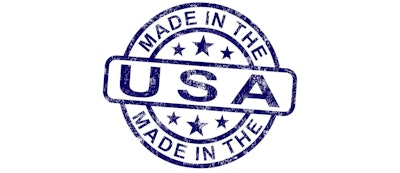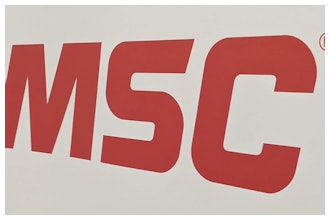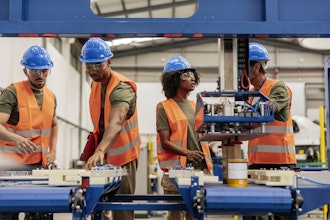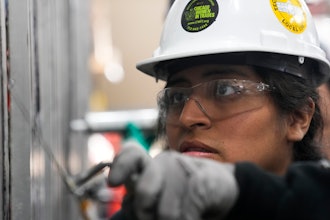
As we make our way through May, we trudge through the fourth month of Democratic and Republican primaries and caucuses. While the campaign platform of the top candidates in each party have some large differences, there’s one stance that all seem to agree on: bringing manufacturing jobs back to the U.S.
In early April, Hillary Clinton proposed a $10 billion investment in “Make it in America Partnerships,” aimed to encourage manufacturers large and small to locate manufacturing jobs domestically. Republican Ted Cruz — who has suspended his campaign — has called for less regulation and slashing taxes, two factors that experts say have led companies to outsource production abroad.
Meanwhile, Republican Donald Trump — now running essentially unapposed — has vowed to make technology giant Apple “start building their damn computers and things in this country,” a sentiment more-or-less echoed by Democrat Bernie Sanders saying he wishes Apple would manufacture more of their devices in the U.S. There’s a widespread notion that Apple outsources its manufacturing because labor is cheaper elsewhere. Apple executives have continued to respond saying the U.S. doesn't have the factory scale and flexibility needed to produce most their products.
National unemployment has steadily decreased over the past two years (despite an increase over the past two months) and consumer spending rising, while the U.S. economy and dollar continue to grow stronger. Which, of course, is great, but it has also increased the cost of manufacturing production and higher wage demand. This is what’s made offshoring manufacturing operations so attractive.
A recent report from The Reshoring Initiative shows that the U.S. may have stemmed the tide of losing jobs here at home. Over the last decade, the U.S. has gone from losing about 220,000 manufacturing jobs per year to breakeven. The group estimates there are still 3 to 4 million manufacturing jobs offshore, leaving major potential for U.S. economic growth via that route.
The report, which takes data from companies that have returned or added new U.S. production from overseas, cites companies’ top negative reasons not to offshore is led by quality/rework/ warranty, freight cost and rising wages. The leading positive reasons to reshore were government incentives, skilled workforce availability/training and lead time/time to market. Transport equipment was by far the most reshored industry, followed by electrical equipment/appliances/components, fabricated metal products and plastic/rubber products.
Reshoring — part of the effort to bring America back to the manufacturing powerhouse it was before globalization and new technologies made outsourcing production overseas more attractive — is still in its early stages. The rate of future reshoring will be dependent upon the strength of the U.S. economy relative to competitor countries, as well as how long the ongoing industrial recession lasts. Sadly, as both factors are expected to stay strong throughout this year, The Reshoring Initiative forecasts that 2016 reshoring and foreign direct investment will drop 20 percent vs. 2015.
 Mike Hockett, Industrial Distribution Editor
Mike Hockett, Industrial Distribution EditorNo matter what happens, the reshoring topic is sure to remain a hot-button issue as the presidential primary schedule continues until June 14, and then onto election day Nov. 8.
This editorial originally appeared in Industrial Distribution's May/June print issue. Click here to view the full digital edition.






















